Home
Quizlist
Credits
Contact Us
Science Quiz Finals - Astronomy Round
| Home |
| Quizlist |
| India Quiz |
| Prelims |
| Finals |
| Trivia Quiz |
| Prelims |
| Finals |
| Cartoons Quiz |
| Prelims |
| Finals |
| Sports Quiz |
| Prelims |
| Finals |
| Literature Quiz |
| Prelims |
| Finals |
| Medical Trivia Quiz |
| Prelims |
| Finals |
| Science Quiz |
| Prelims |
| Finals |
| Tips for Quizmasters |
| Sherlock Holmes Mania |
| Orage 2001 |
| Plus! |
Five scientists, three clues for each scientist apart from the photograph.
1.
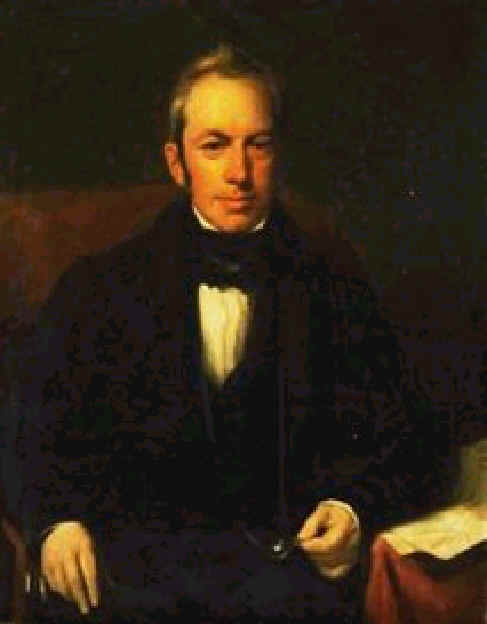
a) This botanist recognized the fundamental difference between gymnosperms and angiosperms.
b) During 1802-3, he made extensive collections of plants from Australia, and laid the foundations for Australian botany. Published as Prodromus Florae Novae Hollandiae . . .
c) In 1831, while dealing with the fertilization of Orchidaceae and Asclepiadaceae, he noted the existence of a structure within the cells of orchids as well as many other plants that is the second thing for which he is famous.
2.
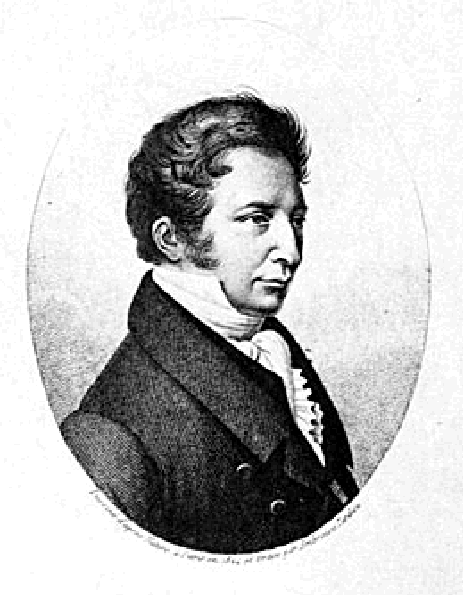
a) On September 16, 1804, he ascended in a hot air balloon to an altitude of 7016m to study the variation of earthís magnetic field with altitude; his height record was unbroken for about half a century. On December 31, 1808, the day of his marriage, he formulated a law which bears today his name.
b) In 1802 he showed that all gases expand by the same fraction of their volume for the same increase in temperature. The existence of this common thermal-expansion coefficient made it possible to define a new temperature scale, the profound thermodynamic significance of which was later established by Sir William Thomson (later Lord Kelvin.
c) He pointed out that the simple regularities of his law were realized only for gases. The English chemist John Dalton's laws of definite and multiple proportions in chemical composition (formulated in the same period) referred to combining weights and not to volumes. This basic difference in approach led each scientist to be skeptical of the other's results, and they did not reach mutual understanding. (The Italian physicist Amedeo Avogadro showed how the results of Dalton and this scientist could be reconciled.)
Bonus Hint: With Thenard, he prepared large quantities of Na and K, studied the properties of K, discovered Boron, and with the same time as Humphry Davy, discovered and named iodine.
3.
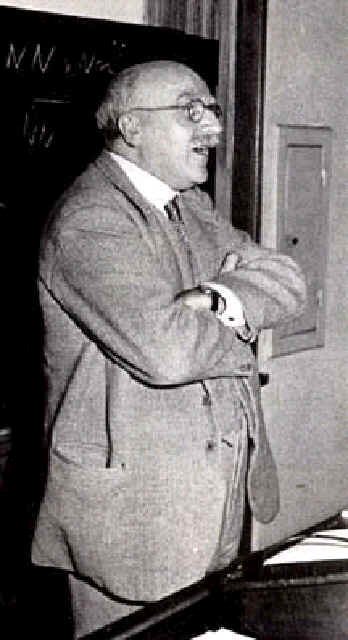
a) Died of cancer, and during his illness wrote a cheerful poem titled Cancerís a Funny Thing. He was the first to use mathematics in genetics, and estimated the rate of mutation in human genes as once for every 50000 people per generation.
b) He conducted physiological experiments upon his own body. Studied how chemicals, CO2, ice cold temperature etc affect breath. Discovered a cure for tetanus and convulsions.
c) He acted for sometime as a professor at the Indian Statistical Institute, Calcutta, and later became Director, Genetics and Biometry Laboratory, in Bhubaneshwar, Orissa.
4.
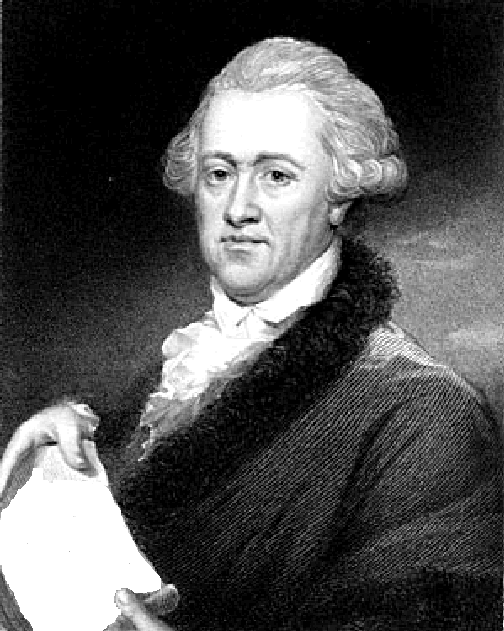
a) An excerpt from a poem by Alfred Noyes on this scientist:
Ach, to-morrow
How Caroline will be vexed, although she grows
Almost as bad as I , who cannot leave
My workshop for one evening.
I must give
One last recital at St. Margaretís
And then- farewell to music.
Who can lead
Two lives at once?
b) He developed a theory of the evolution of stars , and was the first to hypothesize that nebulae (misty white patches among the stars ) were clouds of individual stars, forming separate galaxies.
c) The design
Was his; but more than half the joy my own,
Because it was the work of my own hand,
A new one , with an eye six inches wide,
Better than the best even Newton made
Then, as I turned it on the Gemini,
And the deep stillness of those constant lights,
Castor and Pollux, lucid pilot-stars,
Began to calm the fever of my blood,
I saw ,O, first of all mankind I saw......
....Not Georgium Sidus, as I once proposed;
Although he scarce could lose it, as he lost
That world in seventy-six.
5.
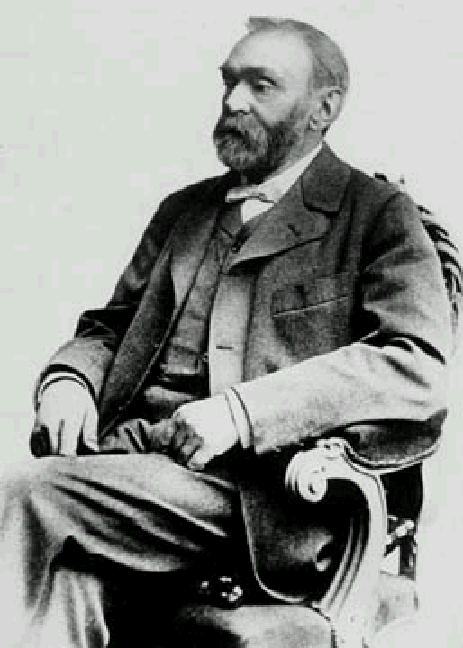
a) He gave the concept of 'primary charge', i.e., a smaller explosion providing energy to trigger a larger explosion.
b) He was born weak, remained weak in health all his life, and was tended by his mother. (Not a very good clue, I agree)
c) He and his father were labelled insane and imprisoned because of an accident while they were on to the discovery that made him famous.
